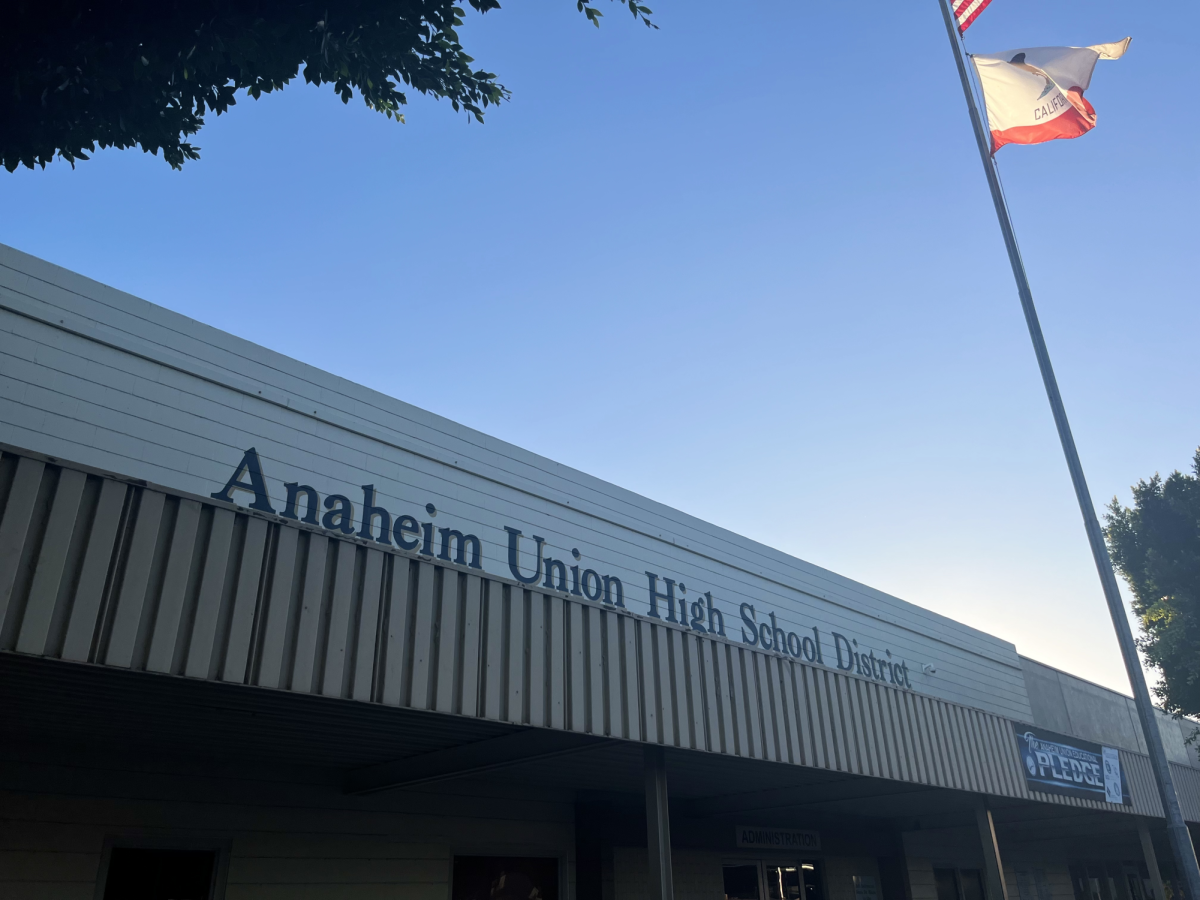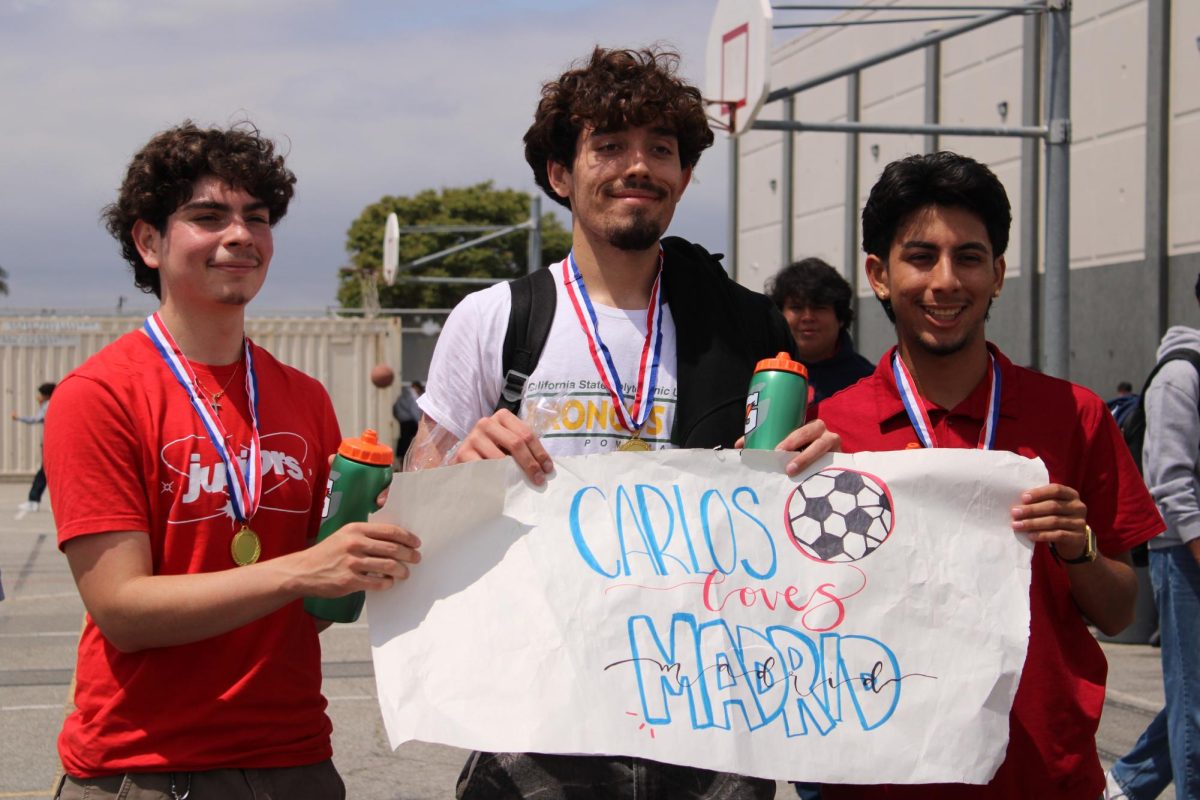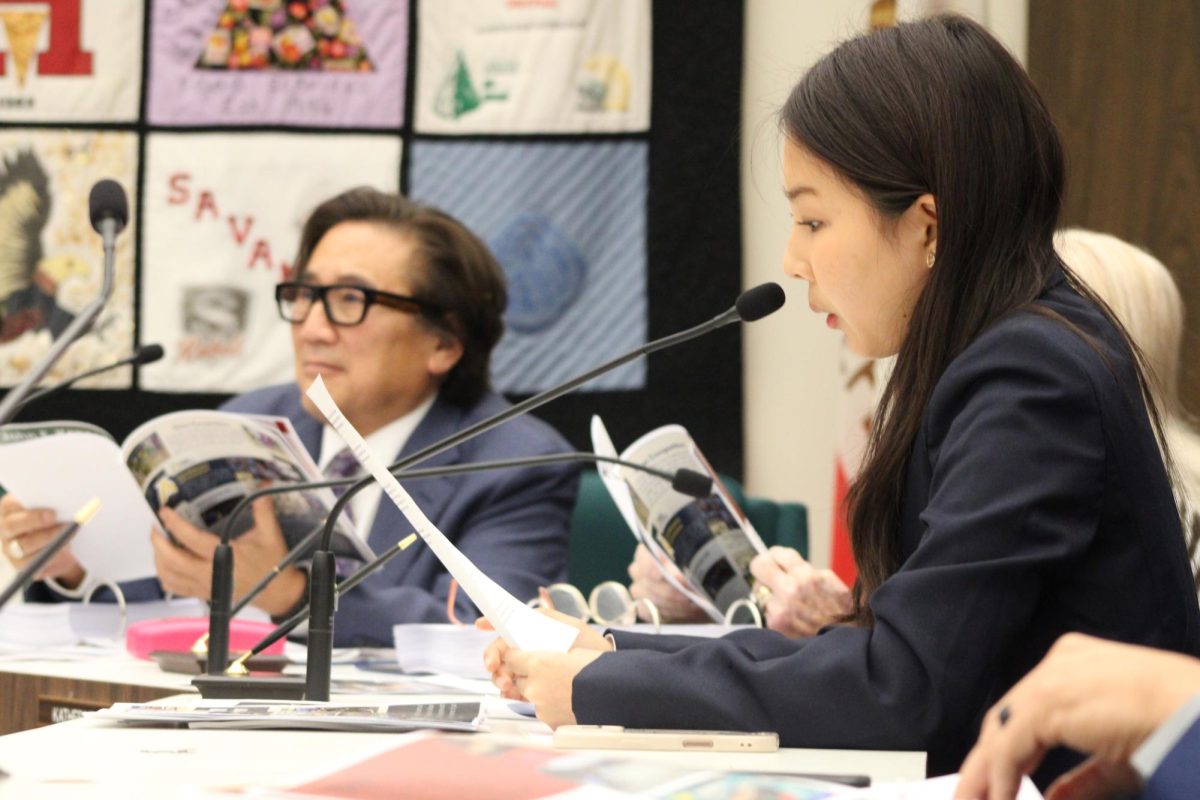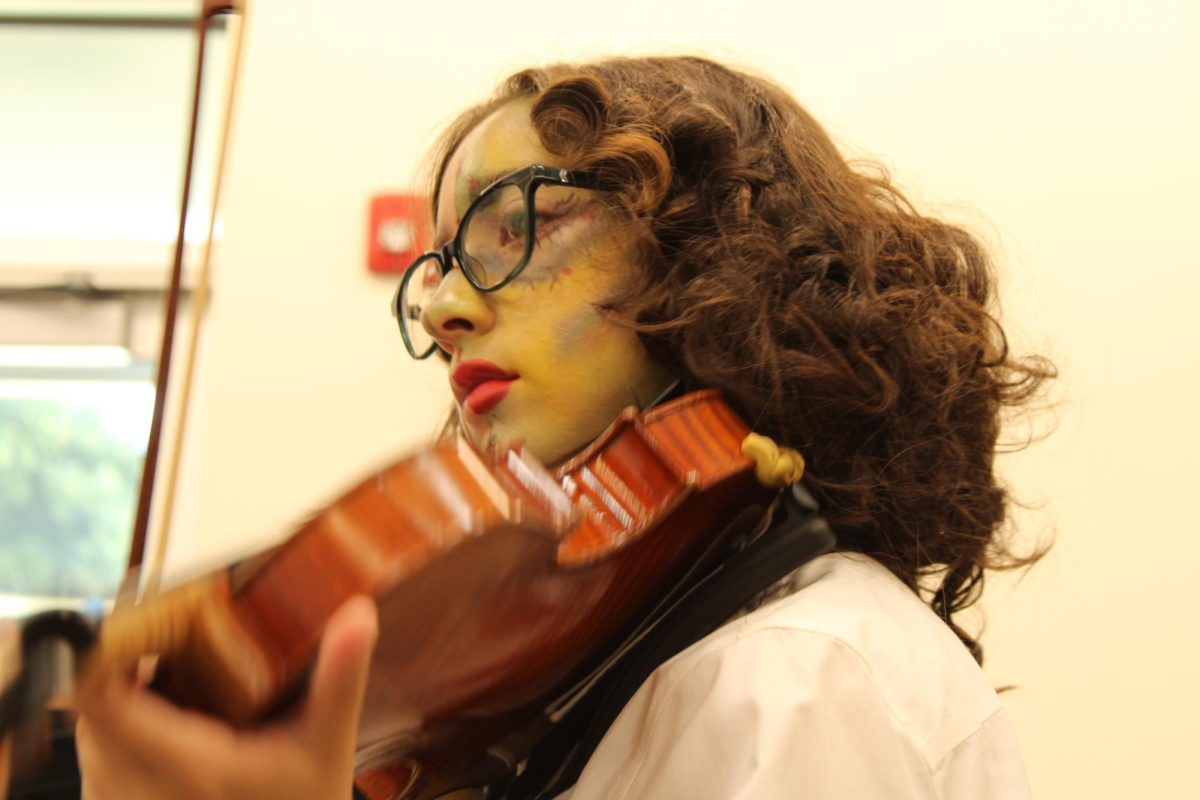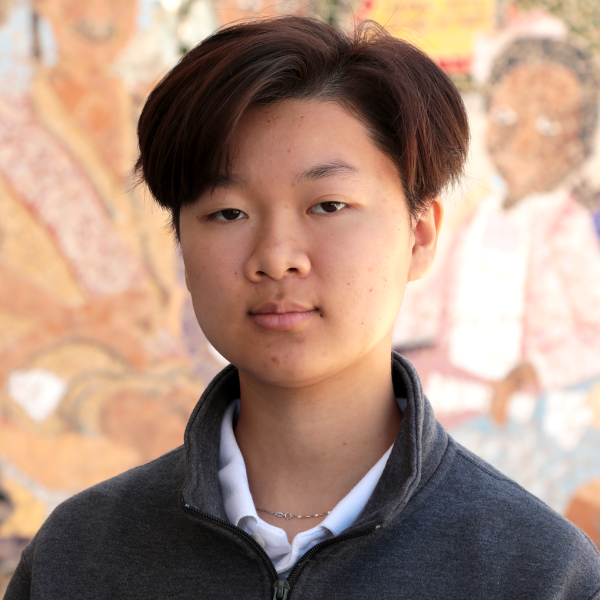Last November, the Anaheim Union High School District (AUHSD) approved Measure K, a $496 million bond designed to improve quality of life and education on campuses. For Oxford, this funding represents an acute opportunity to address long-overdue facility needs that haven’t kept up with its growing curriculum, programs, and increasing enrollment. Oxford must focus on repairing and upgrading current facilities to support students and quality of campus life, or else compromise and diminish the learning experience for current and future students.
Many of Oxford’s facilities are visibly deteriorating, reflecting years of neglect that now demand pressing attention. Classrooms all over campus show wear and tear, from inconsistent heating and cooling systems to large holes in the ceilings. Oxford’s shared spaces are struggling to accommodate current student needs: the quad, serving as the main lunch area, is overcrowded and lacks sufficient seating, forcing students to sit on the ground, stairs, or stand in direct sunlight due to limited shaded tables. Restrooms are a common complaint, causing long lines that cut into valuable instructional or break time without the necessary stalls to accommodate teachers and students during busy passing periods.
The strain on these essential, everyday facilities and spaces delivers a clear message — the campus can barely support the student population it currently serves.
Expanding enrollment under these conditions only risks significantly worsening campus quality. Larger class sizes will further burden aging, already overcrowded classrooms. Even more students will be deprived of shaded tables for lunch, and common areas — including the quad and hallways — will be more congested. Limited facilities like bathrooms and the library will face greater pressure due to higher demand. More students mean more strain on every aspect of campus life.
Although the school added portables to address a lack of classroom space for its teachers, temporary structures are insufficient and offer no sustainable fix. Compared to permanent classrooms, they suffer from weaker heating and cooling systems and limited electrical capacity. The lack of reliable energy hinders activities requiring multiple devices to run simultaneously.
“The limited electricity made us feel very rushed with [a cooking] project, and we were kind of all over the place because we were trying to cook and record super fast. It was worse for us [because] we were the very last period left with three functioning cooking stations,“ freshman Grace Park said about an activity done in the portables for Korean 4 H.
Outside of class, extracurricular activities have also been hindered by the portables. According to FCC president Chloe Chung, during an FCC bonding event, after plugging in only three microwaves, the limited electricity caused the power to short, shutting down even the fridge. Such issues illustrate how poorly suited the portables are for sustaining a functional and spirited school environment. Instead of these faulty, halfway compromises and solutions, Oxford requires more permanent and proactive infrastructure.
While some argue that expanding enrollment is necessary to increase the funding Oxford and the district receive, the additional students will struggle on a campus if numerous facility issues are left unaddressed. Education requires not just admission, but also the capacity to serve the students well once they arrive. Students deserve a consistent and well-maintained learning environment that adequately supports their focus and comfort, and Oxford cannot deliver the same quality of life if its existing facilities remain without repair.
With Measure K, Oxford has the chance to reinvest in the foundation of its campus. Addressing current maintenance needs, like fixing damaged classrooms and expanding key basic facilities, such as adding more tables with shade, are vital first steps in producing a better educational space. Later investments in infrastructure, from additional permanent classrooms to designated study areas and specialized athletic or extracurricular facilities, should build upon these improvements.
Oxford has long held a reputation of academic success and excellence, but a school is only as strong as the learning environment it provides. Before inviting more students in, Oxford must lead with care, not speed, by prioritizing and investing in facilities for its current students.





